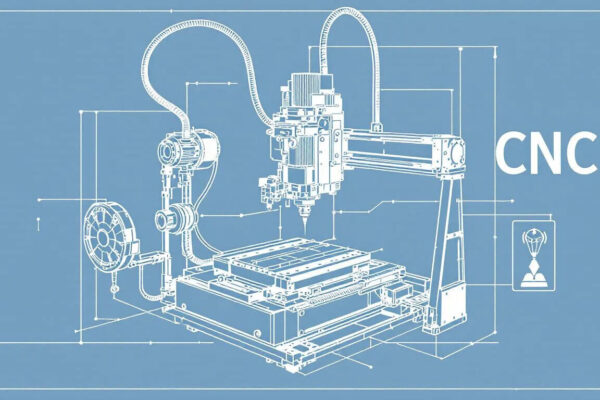The electronics industry is undergoing rapid transformation, driven by growing demand for comprehensive electronic design services and integrated supply chain solutions. From design to delivery, companies are prioritizing efficiency, customization, and data-driven strategies to remain competitive globally.
Why Comprehensive Electronic Design Services Are Gaining Momentum
Manufacturers increasingly bundle PCB design, firmware development, prototyping, and testing under one roof. This reduces hand-offs, streamlines coordination, and can shorten time-to-market and lower development costs. The result is often faster development cycles and improved first-pass yield/product quality—depending on requirements, complexity, and execution.
CRM as the Link Between Engineering, Sales, and Service
Alongside design innovation, companies use Customer Relationship Management (CRM) systems to structure customer data and derive targeted campaigns. Through automation, analytics, and segmentation, teams can nurture contacts efficiently and time offers more effectively. This works best when CRM processes are integrated with design, production, and supply chain systems, keeping marketing and sales aligned with real capacities and product availability.
Value-Added Component Procurement
Procurement today goes well beyond sourcing parts. Value-added services increase transparency and compliance while reducing operational risk—for example through documentation, testing, and engineering support. Illustrative focus areas include:
- Medical: Emphasis on conformity and documentation by product category; support for traceability and change management.
- Datacom: Component and supplier selection with attention to bandwidth, latency, signal integrity, and long-term availability.
- Lighting: Support for energy-efficient, project-specific solutions for smart infrastructure (e.g., DALI/IoT integration).
Such services can make supply chains more resilient and help secure competitive advantages—especially in regulated or technology-driven markets.
Smarter Logistics: Digital Shipping and Compliance Solutions
On the logistics side, digital shipping solutions simplify international deliveries. Typical capabilities include real-time tracking, automated shipping and customs documents, and compliance checks (e.g., export control, labeling). For high-value or regulated goods, additional offerings—such as environmental monitoring (temperature/shock) or enhanced packaging concepts—may be appropriate. These systems support secure and efficient transport; actual results depend on processes and service providers.
Conclusion
The industry is adopting a holistic approach—from integrated electronic design services and value-added procurement to CRM-supported customer engagement and digital logistics. Organizations that combine design excellence, smart sourcing, data-driven customer closeness, and reliable supply chain processes strengthen their position in an increasingly competitive, interconnected market.




